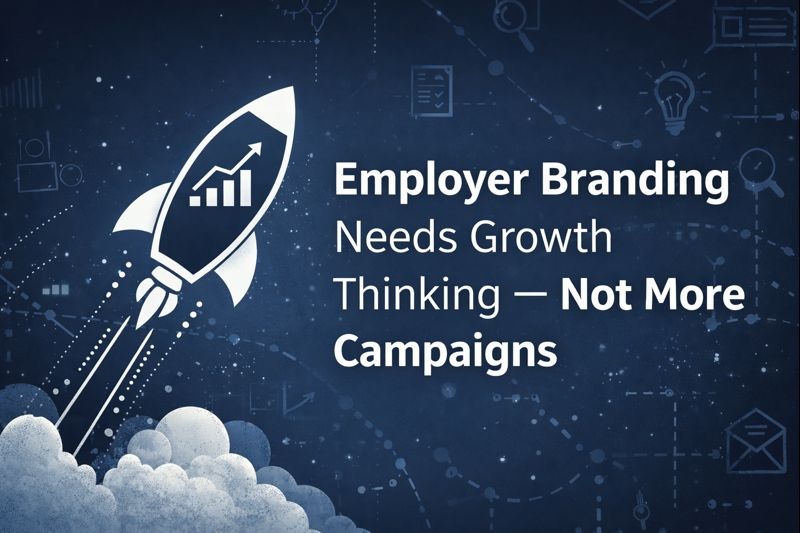Nov27

In a rapidly evolving world where technology constantly redefines boundaries, the transformation of commodity supply chains through digital innovation stands as a beacon of progress and efficiency. In a recent episode of the Digital Supply Chain podcast, I had the opportunity to discuss this pivotal shift with Andrea Aranguren, CEO of MineHub. Our conversation offered profound insights into the digital metamorphosis of the commodity supply chain, highlighting not just its importance but its necessity in today's global market.
The journey of digitising the commodity supply chain, as Andrea eloquently puts it, is one of revolution rather than evolution. Traditional supply chains, notoriously bogged down by manual processes and paper-based systems, are being transformed into dynamic, efficient, and transparent networks. The integration of digital platforms like those developed by MineHub and Waybridge, which recently merged under Andrea's leadership, exemplifies this transformative shift. These platforms streamline trade management for refined copper and aluminium markets, a critical step given these commodities' global demand.
A key takeaway from our conversation was the significant shift from paper-based, inefficient operations to a digital-first approach. This change isn’t merely about swapping physical documents for digital ones; it's a comprehensive overhaul of how supply chains operate. It's about embracing transparency, enhancing operational efficiency, and significantly, about sustainability – a crucial aspect in today's environmentally-conscious market.
Moreover, Andrea's insights into overcoming resistance to digital change were particularly striking. In an industry often characterised by its adherence to traditional methods, the move towards digital solutions is met with a mix of scepticism and caution. However, success stories like that of Codelco, a leading copper producer, demonstrate the tangible benefits of digital integration – from significant working capital savings to operational efficiencies. Such examples are powerful testaments to the potential of digital platforms in revolutionising supply chain management.
The significance of digital transformation in the commodity supply chain extends beyond operational efficiencies. It's a vital component in the drive towards sustainability and ESG (Environmental, Social, and Governance) compliance. Digital platforms enable companies to track and report on their environmental impact, a growing concern in global trade. In essence, the digital transformation of supply chains is not just a business imperative; it's an environmental and ethical necessity.
As we look forward, the landscape of digital solutions in the commodity sector is poised for further growth and consolidation. Andrea predicts a future where digital solutions expand beyond current markets, offering integrated, holistic solutions across various commodities. This vision is not just about business efficiency; it's about shaping a more sustainable, transparent, and efficient global trade environment.
For those keen to delve deeper into this fascinating world of digital supply chain transformation, I invite you to listen to the full podcast episode. Andrea's insights are not just enlightening; they're a clarion call for the industry to embrace the digital future.
The digital transformation of the commodity supply chain is more than a trend; it's a pathway to a more efficient, sustainable, and transparent global trade. Embracing this change is not just an option; it's an imperative for future success.
By Tom Raftery
Keywords: Digital Transformation, Supply Chain, Sustainability
 Concrete’s Carbon Problem and the Race to Fix It
Concrete’s Carbon Problem and the Race to Fix It Employer Branding Needs Growth Hacking — Not More Campaigns
Employer Branding Needs Growth Hacking — Not More Campaigns The Wireless Renaissance: From Tesla’s Dream to Agentic Autonomy
The Wireless Renaissance: From Tesla’s Dream to Agentic Autonomy Collective Resonance: How Consciousness Scales Beyond the Individual
Collective Resonance: How Consciousness Scales Beyond the Individual Autonomous Wingmen: Scaling Sustainable Aviation via NVIDIA NAT and Formation Flight
Autonomous Wingmen: Scaling Sustainable Aviation via NVIDIA NAT and Formation Flight